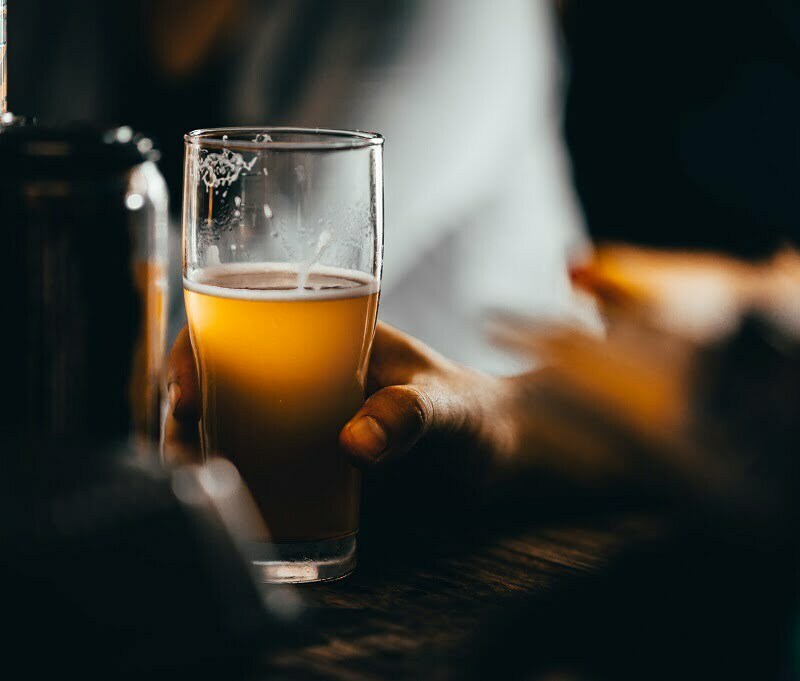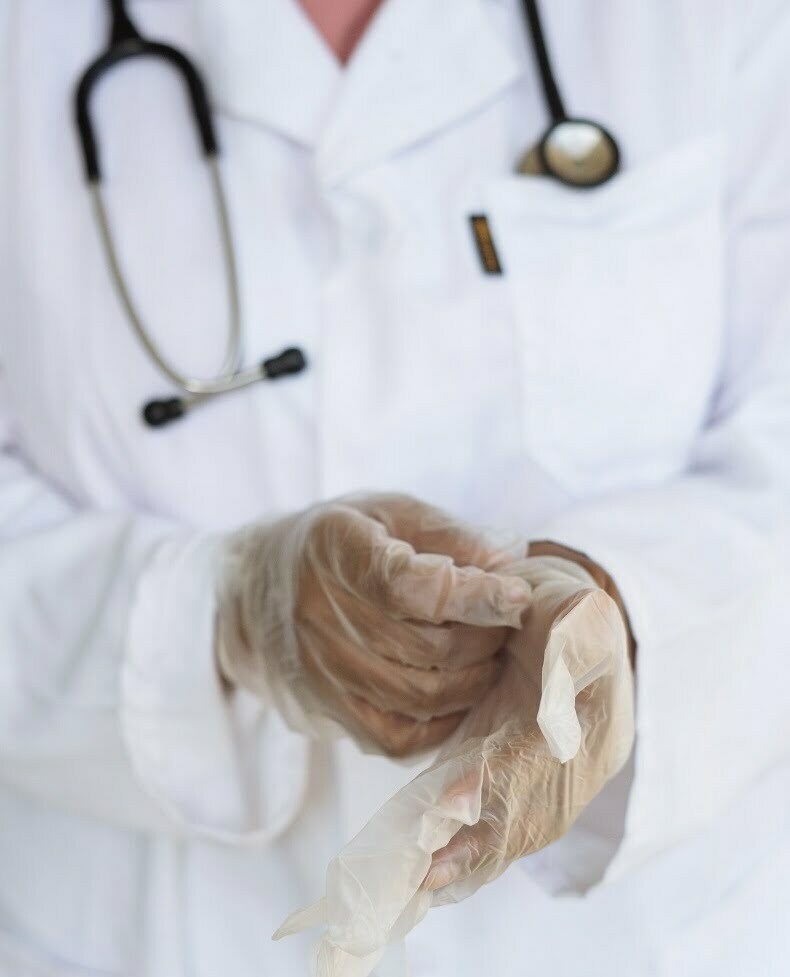Introduction to Gynecomastia Causes, Symptoms, and Treatment
Gynecomastia is a condition that causes excessive breast growth in men and in this article, we learn about Gynecomastia causes symptoms, and treatment. The issue can affect one breast or both simultaneously. When it does affect both sides, one side may be more severe than the other, leading to vast differences in symmetry.
The condition can affect boys and men at various stages of their life and can have devastating effects on the sufferer’s self-esteem.
While gynecomastia isn’t considered a serious problem, it is best to consult with a gynecomastia surgeon for an accurate diagnosis. Getting diagnosed with gynecomastia can rule out more serious problems, like male breast cancer.
Gynecomastia Symptoms may go away on its own, but if it persists, there are treatments, including gynecomastia surgery.
What are the Primary Causes of Gynecomastia?
Gynecomastia is almost always caused by an imbalance of sex hormones. When there is a drop in the male hormone testosterone amid a greater level of the female hormone estrogen, male breasts can develop. Gynecomastia causes vary, but this hormone imbalance may result from factors such as aging, medication use, underlying health conditions, or lifestyle influences.
Hormonal Changes and Treatment Options in Gynecomastia

Newborn Male Breast Enlargement
It might surprise you to learn that half of all male infants are born with enlarged breasts. Experts believe this condition is one of the gynecomastia causes, as it is linked to the mother’s elevated estrogen levels during pregnancy. In most cases, the swollen breast tissue shrinks on its own and disappears completely within two to three weeks after birth.
Gynecomastia in Teen Boys:
All teenagers go through hormonal changes. For gynecomastia in teens, the hormone changes produced a surge of estrogen, which led to the swelling of their breast tissue.
For many puberty-aged boys with gynecomastia, the swollen breast tissue will go away within six months to two years. That’s without treatment. Boys with persisting breast tissue may be recommended for male gyno surgery.
Age-Related Testosterone Decline and Male Breast Growth
One of the common gynecomastia causes is the natural decline in testosterone levels as a man ages. By the time he reaches 50 to 69 years old, this hormonal imbalance can lead to male breast growth. Studies suggest that one in four men in this age group experience adult gynecomastia due to decreasing testosterone levels.
Drug-induced Gynaecomastia
The imbalance of hormones could be caused by a medication the man is taking. The most common medications that lead to the growth of breasts include:
Anti-Androgens
These are drugs used to treat ailments like prostate cancer and enlargement of the prostate. Anti-androgens go by many names including Propecia, Proscar, Flutamide, and Carospir.
Anabolic Steroids
Athletes and bodybuilders are known for using and abusing anabolic steroids. Whether illegally used or prescribed, the drugs, which include androgens, can lead to the male bodybuilders developing gynecomastia symptoms

AIDS Medication
Gynecomastia can develop in HIV-positive men who are receiving a regimen of antiretroviral drugs. The most common HIV medication that is commonly associated with male breast growth is called Efavirenz or the brand name Sustiva.
Gynecomastia Causes and Other Medications
Other drugs can cause swelling of male breasts including ulcer medications, stomach-emptying medications, cancer treatments, antibiotics, and tricyclic antidepressants. Valium or diazepam, which are prescribed for anxiety, may also lead to gyno symptoms.
Other Factors Causing Gyno
Illegal Drugs and Alcohol
We mentioned illegal steroids, but a few other non-prescribed substances can lead to male breast growth as well, including marijuana, heroin, methadone, amphetamines, and alcohol.
Health Issues
Male breast growth and breast tenderness can sometimes be caused by certain illnesses that affect the balance of hormones.
Aging
While not necessarily an illness, aging can cause hormone changes, especially in men who are overweight or obese.

Hypogonadism
This is a condition that affects the male’s normal testosterone production. Hypogonadism can be caused by a pituitary insufficiency or a disease called Klinefelter syndrome, which is a genetic condition in which the male is born with an extra X chromosome.
Hyperthyroidism
When the thyroid produces too much of the hormone thyroxine, hyperthyroidism results, which can then lead to gynecomastia symptoms.
Liver Failure and Gyno
One of the gynecomastia causes is liver ailure, often due to cirrhosis, which can disrupt hormone balance in the body. Additionally, some cirrhosis medications are linked to male breast growth, further contributing to the development of gynecomastia.
Is Tumors one of Gynecomastia Causes?
Some tumors, including those found on the testes, pituitary gland, and adrenal glands, can produce hormones that alter the balance between testosterone and estrogen.
Malnutrition
Not eating enough of the right nutrients and starvation can cause testosterone levels of plummet while estrogen levels typically remain the same. Gynecomastia can result even if the male goes on to resume normal nutrition.
What are the Symptoms of Gynecomastia?
A boy or man who experiences male breast growth may experience breast tenderness on one or both sides of the chest. In almost all cases, there will be subtle or considerable swelling of the breast tissue. In pronounced cases, the condition can give the man female-centric breasts (nicknamed “man boobs”).
These symptoms can make it difficult to wear certain clothing. The man may decide to wear shirts while swimming or while lounging on the beach. Going bare-chested, by comparison, may make the male feel embarrassed. Gynecomastia treatment can help to restore the chest to a masculine shape, uplifting the man’s confidence.
While gynecomastia causes aesthetic concerns, these symptoms alone do not require an immediate visit to a surgeon. However, if the swelling around the male breast is accompanied by pain or nipple discharge, it is essential to see a doctor immediately. These symptoms could indicate more serious conditions, such as breast cancer or other underlying health issues
How is Gynecomastia Diagnosed?
A diagnosis for gynecomastia can only come about after a sit-down session with an experienced medical professional.
Ideally, you will visit a gynecomastia surgeon, who can provide an accurate diagnosis following a physical exam and review of your medical history. The surgeon will perform a breast exam to rule out breast cancer and to potentially diagnose the type of gyno present. The breast exam involves the search for a firm, rubbery disk of tissue.
This mass is usually located directly beneath the nipple. The doctor will know that gynecomastia is the cause of male breast growth when the lump under the areola is easily moveable.
During the test, the surgeon may come across a condition that sometimes mimics the effects of gyno. Fatty breast tissue, for example, is the name for breast fat that resembles gynecomastia. Breast cancer is uncommon in men, but it can occur.
When enlargement of the breast on men is paired with a firm nodule under the skin, the doctor may order a biopsy to rule out a breast tumor. A breast abscess can also look like gyno and is actually an infection of the breast tissue.
During the consultation, the surgeon will also review any medications you may be taking, and may ask about supplements and herbal remedies, which can also lead to gynecomastia effects. In some cases, the surgeon will order medical tests to determine if other conditions are the cause of your male breast growth problem.
You may receive a mammogram or breast ultrasound to rule out breast cancer, while blood draws can check for other conditions, including a hormone imbalance.
How is Gynecomastia Treated?
Gynecomastia treatment can vary depending on the cause of the gynecomastia and the sufferer’s age. Puberty age boys may be told to wait to determine if the gynecomastia will subside on its own. Even some men may be told to stop taking medication or to alter their lifestyles somewhat to see if the male breast growth shrinks without treatment.
When surgery is recommended, male breast reduction and liposuction are the most common procedures used to correct gynecomastia.
Male Breast Reduction
Male breast reduction is the most effective treatment for the correction of gynecomastia. This surgery, which is cosmetic, is designed to remove excess fat and glandular tissue that may exist under the skin. By the end of surgery, the patient will have a flatter, firmer chest with a more masculine shape.
Liposuction
Male breast growth can be caused by a combination of glandular tissue and excess fat. Male breast reduction is useful for cutting away any glandular tissue that exists under the nipple. For the excess fat, the surgical technique most commonly used is liposuction. Lipo can be used alone or in conjunction with male breast reduction, depending on the severity of the condition.
Treating gynecomastia with liposuction can involve a local anesthetic or general, depending on the surgeon’s preference. A small incision is made on either side of the chest, then a thin tube called a cannula will be inserted into those cuts to suction away the fat. The incisions are tiny and usually located on either side of the chest.
Some surgeons choose to place the cuts on the edges of the areola or within the armpit so the scars will be hidden when healed. By suctioning away the excess fat, the surgeon is able to sculpt the contours into a more masculine albeit natural shape.
Male Breast Reduction with Tissue Excision
When the gynecomastia symptoms are severe, surgical tissue excision may be used to achieve the most aesthetically pleasing results. This procedure is reserved for patients with saggy or stretched skin around the breasts.
During the procedure, the surgeon will remove a greater amount of glandular tissue and skin than was possible with liposuction alone.
The tissue excision procedure is performed as an outpatient procedure. The surgeon will use general anesthesia but may also use a local along with sedation.
What is Recovery Like After Gynecomastia Treatment in Los Angeles, CA?
Recovery after gynecomastia treatment in Los Angeles, CA, varies based on the procedure performed, but most patients can expect a smooth healing process. Since gynecomastia causes often involve hormonal imbalances or excess breast tissue, surgical treatment like liposuction or tissue excision effectively restores a more masculine chest contour. After surgery, patients may experience mild swelling, bruising, and soreness, which typically subside within a few weeks.
Wearing a compression garment can help reduce swelling and support healing. Most individuals return to work within a few days, while strenuous activities should be avoided for several weeks to ensure optimal results. You can typically return to work within one week of surgery. As for the weight room and other forms of strenuous exercise, you can usually go back to the gym within a couple of weeks.
What Do the Results of Gynecomastia Surgery Look Like?
Gynecomastia surgery effectively addresses gynecomastia causes, leading to an immediate improvement in the shape and appearance of the chest. While some soreness is expected, most patients report minimal pain in the first few days after the procedure. Any discomfort experienced is typically mild and manageable.
Report any discomfort you do feel to your gynecomastia doctors, no matter how severe. Your cosmetic surgeon may prescribe pain medication for any pain you experience, though some surgeons tell you Tylenol is sufficient.

The results of the procedure are permanent. With the glandular tissue and excess fat now gone, your chest contours should remain. You can ensure that your results last for many years to come by watching your weight and curbing things like illegal drug and steroid use.
Are You Suffering from Gynecomastia in Los Angeles?
Now that you know more about the causes, symptoms, and treatment of male breast growth, isn’t it time you did something about your male breasts?
If you are suffering from gynecomastia, or you suspect you are, schedule a consultation with qualified gynecomastia surgeon Dr. Babak Moein of the Gynecomastia Center of Los Angeles. A sit-down meeting with Dr. Moeinolmolki can help you determine if gyno treatment is right for you.
Choose a time for a meeting that works best for you by calling Gynecomastia Center of Los Angeles at (310)861-3799 or fill the contact form below.
If this post was helpful to you, please leave us a 5star review. It would help us a lot. Thanks!
https://g.page/r/CeuJ09FAXVR5EAg/review

Dr.Babak Moeinolmolki
LA Cosmetic Surgeon Dr. Moein is board-certified by the American Board of General Surgery.
